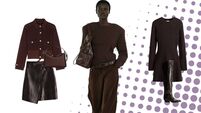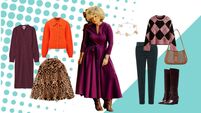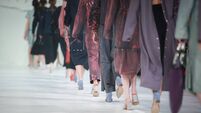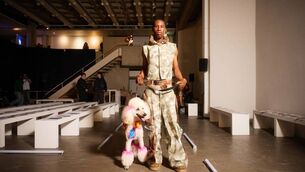Hats, loafers and that Launer handbag: Queen Elizabeth II was a style icon
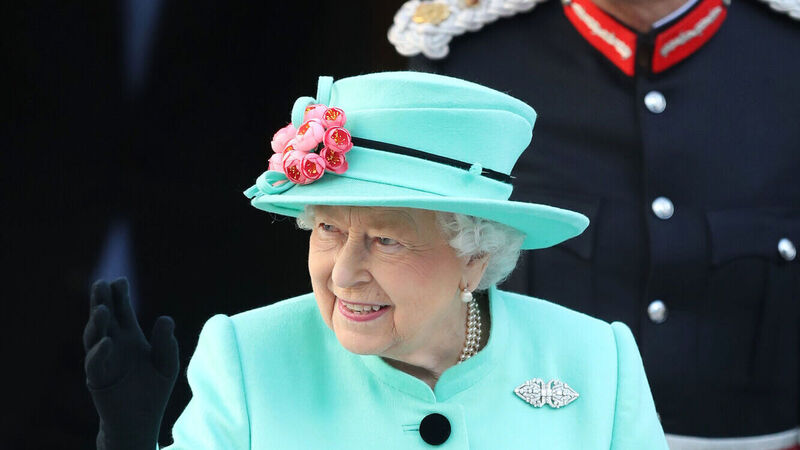
The queen on a visit to Bracknell in 2018. Picture: Andrew Matthews/PA
The queen’s fashion became a legendary part of her role as monarch.
Her block-coloured outfits and matching brimmed hats created a consistent style identity, recognisable from afar and famous around the globe.

With her black patent Anello & Davide loafers, distinctive black Launer handbag and black or white gloves, Elizabeth II knew what worked and used that knowledge.
The queen was once described as “power dressing in extremis” for using vibrant shades to make herself stand out from the crowd.
Her hats allowed her to be easily spotted but were small enough so her face was visible.
During official state visits, she would use her outfits as a diplomatic tool, often wearing gowns featuring significant symbols, colours or motifs in honour of the country she was visiting.
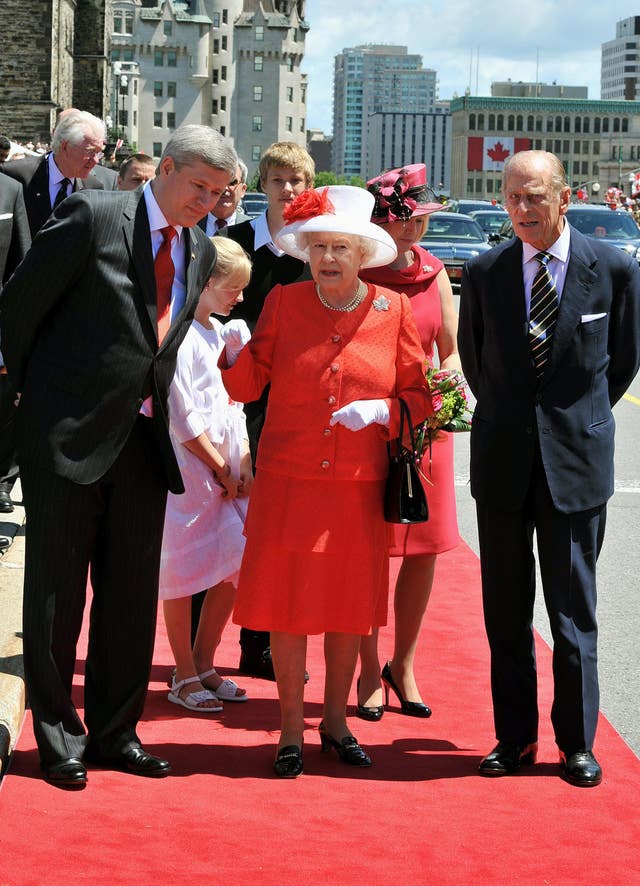
When she visited Ireland for the first time in 2011, it was no surprise she chose green — the Republic’s national colour — to honour her host nation.
Her look was traditional, but did evolve over time.
She adopted the style of the day, but avoided the trap of being a slave to prevailing trends.
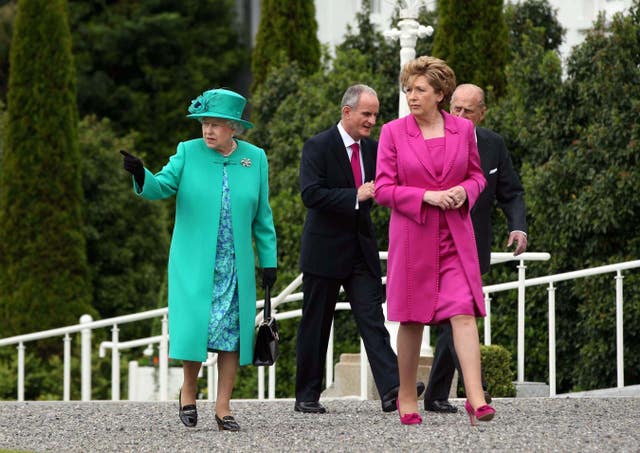
Throughout her life, the queen mainly wore couture clothing, created specifically for her by some of Britain’s greatest designers.
Norman Hartnell designed for the monarch for more than 40 years.
He was known for his “sense of theatre” and use of extravagant fabrics and jewelled embroidery.
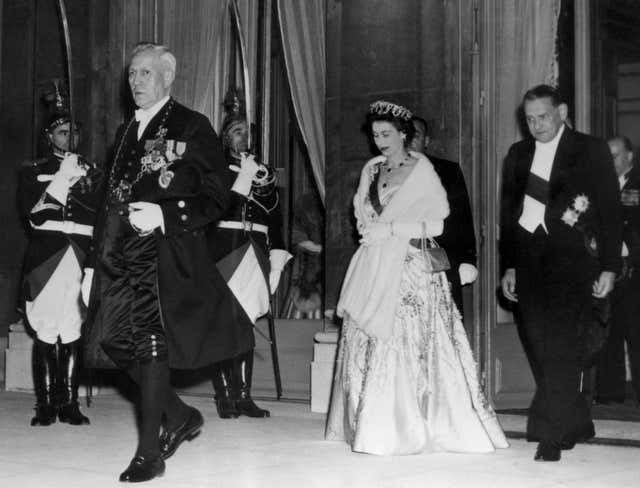
He designed Princess Elizabeth’s wedding dress in 1947, which was made of ivory duchesse satin and embroidered with 10,000 seed pearls, and her detailed coronation gown in 1953.
He would send sketches to the queen and a sample to approve, and she would instruct him to send her compliments to the seamstresses, saying: “Tell your girls, their work is fabulous.”
The 1950s saw her style status blossom, with cinch-waisted dresses emulating Christian Dior’s New Look.
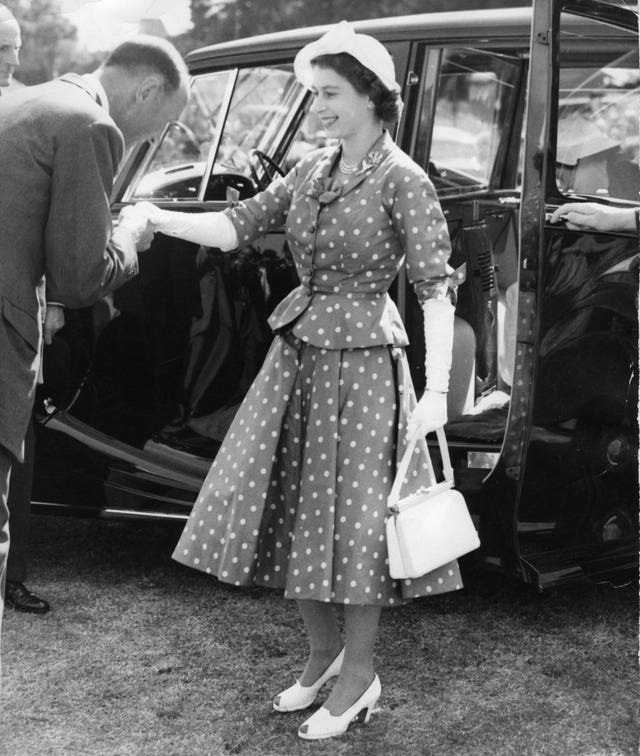
Her dream team was Hartnell for glamorous gowns in silk and tulle for evening events, and fellow couturier Hardy Amies usually for his beautifully tailored full-skirted day-wear suits to emphasise her tiny waist.
Amies designed for the queen from 1951 until his death in 2003 and paid great attention to detail, even creating gowns to complement the buildings where events were being held.
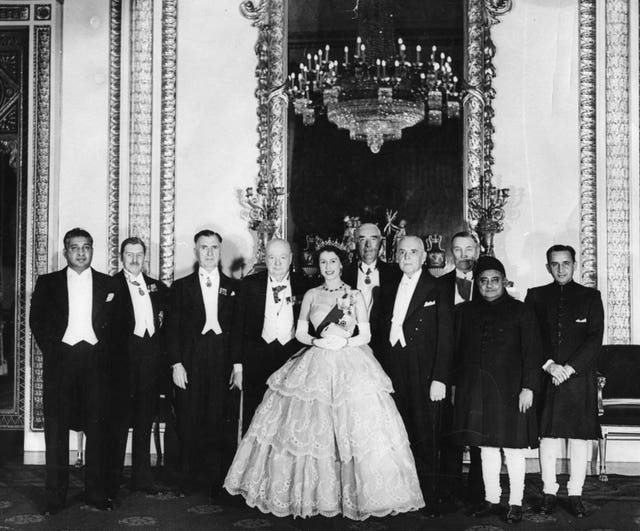
For a 1965 state banquet in West Germany, the designer made a bodice for the queen with silver embroidery inspired by the rococo grandeur of Schloss Bruehl, a former archbishop’s palace where the dinner was held.
When the queen chose to wear an off-the-peg dress, usually from respected British ready-to-wear label Horrockses in the 1950s, it would instantly sell out.
By the 1960s, the queen had eschewed the New Look in favour of shift dresses and coats, and petal-covered hats.
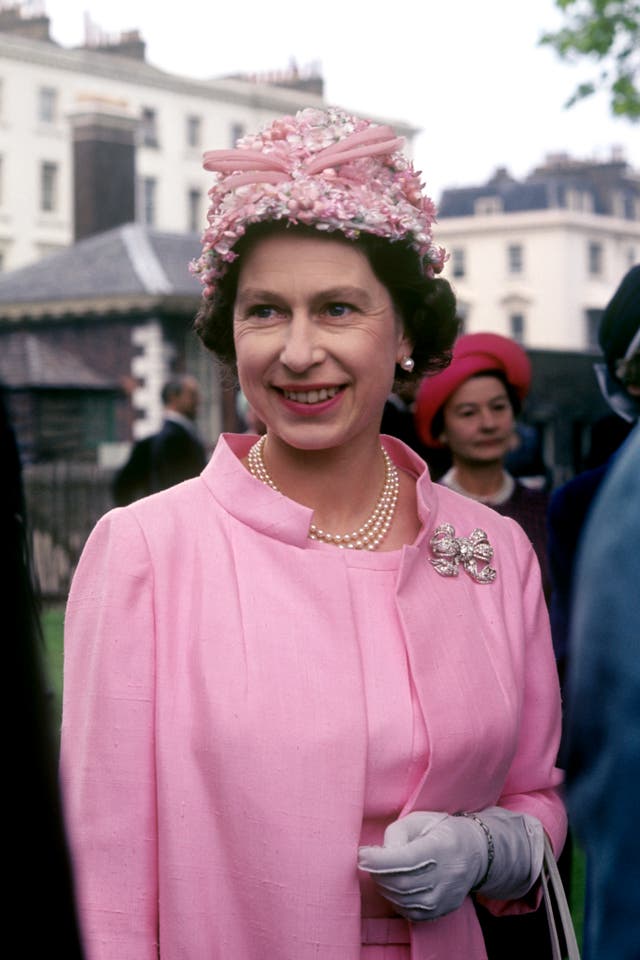
She also wore fur on many occasions over the years, choosing a leopard-skin coat for a day at the races in 1962.
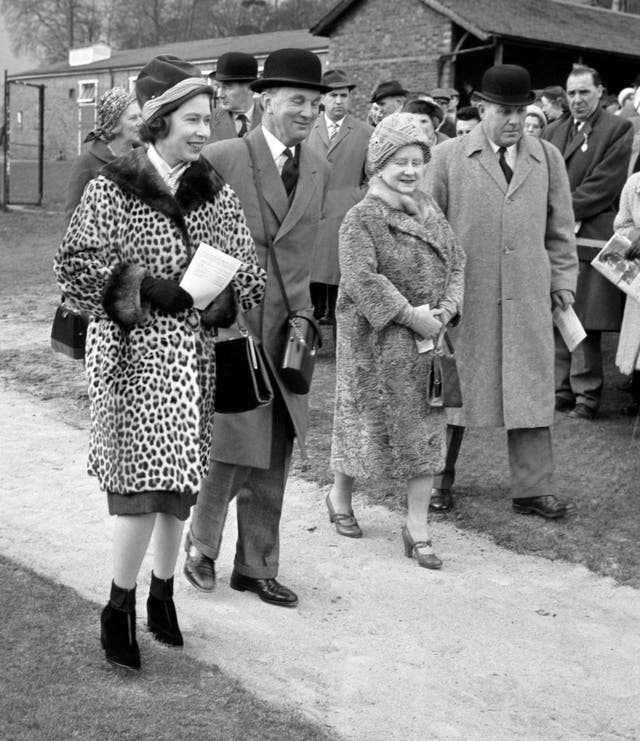
In the 1970s, she turned to trendy geometric or bold prints for day wear, and softer lines and flowing chiffon outfits designed by Ian Thomas, a former assistant to Hartnell, for the evening.
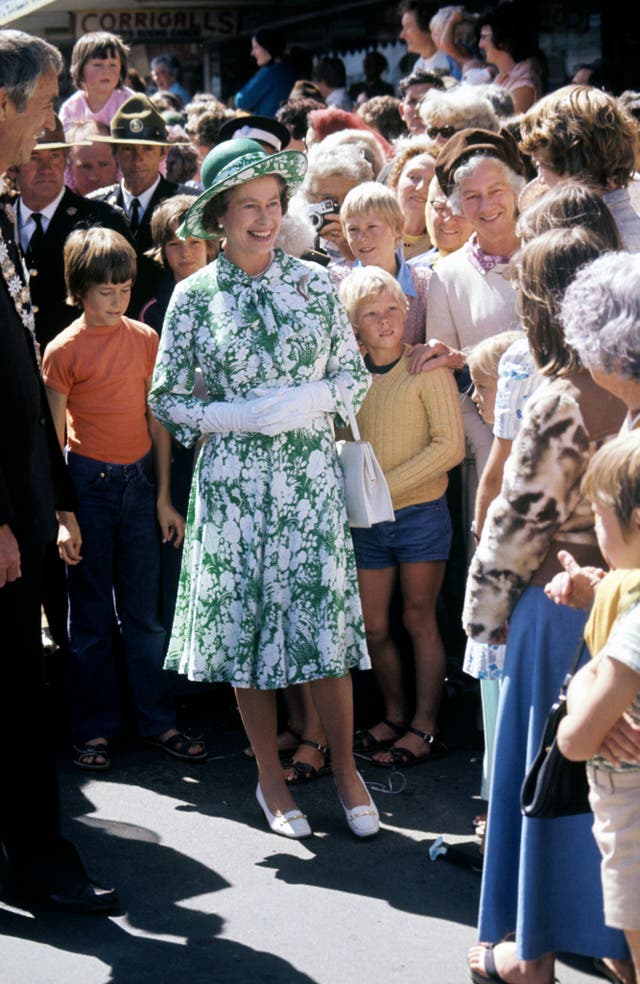
The turban became one of her signature looks of the 1970s.
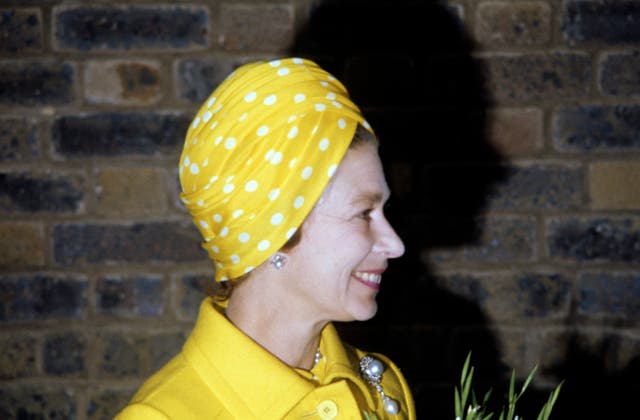
The queen even had a go at the shoulder-padded fad of the 1980s, and sported several pussy-bow blouses.
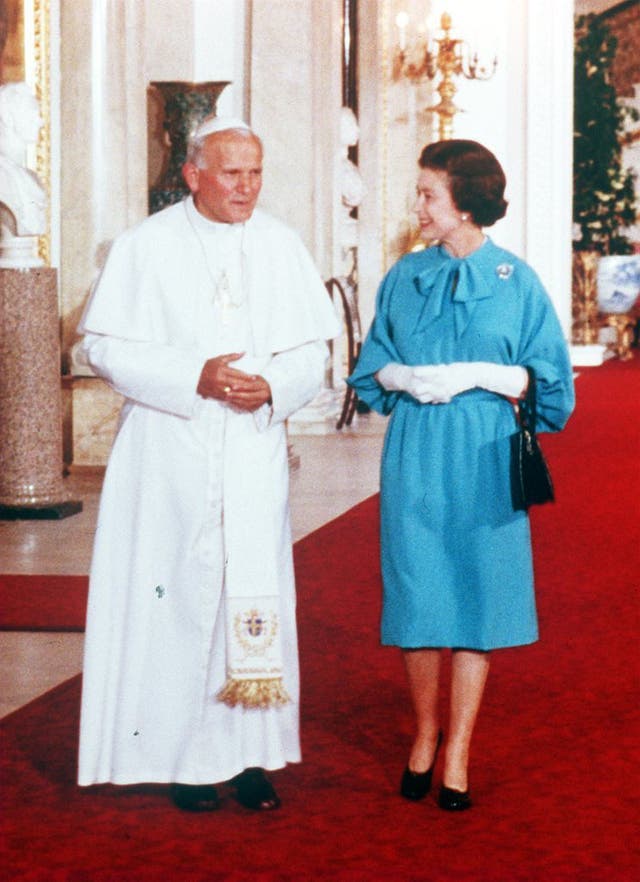
Others who designed for the Queen include John Anderson, who worked for the monarch between 1988 and 1996, and German tailor Karl-Ludwig Rehse from 1988.
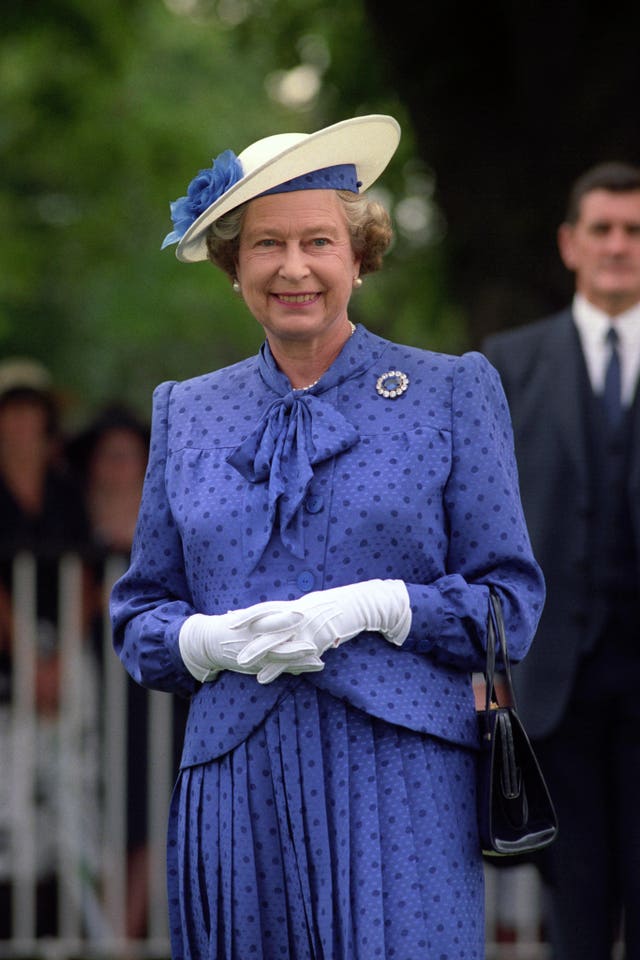
In later years, the queen’s outfits simplified and settled into an easily recognisable style of a bold-coloured coat with a matching silk floral dress and hat.
But occasionally she ventured away from her staple choices.
In 1999, the queen went for a harlequin look when she wore a flamboyant glittering multi-coloured sequinned gown to the Royal Variety Show.
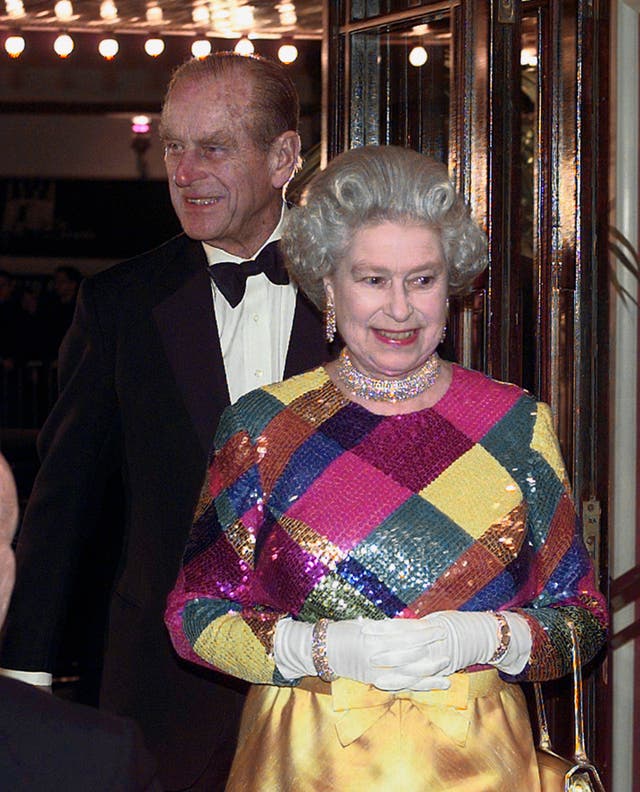
Couturier Stewart Parvin became a favourite and began crafting clothes for the queen in 2000.
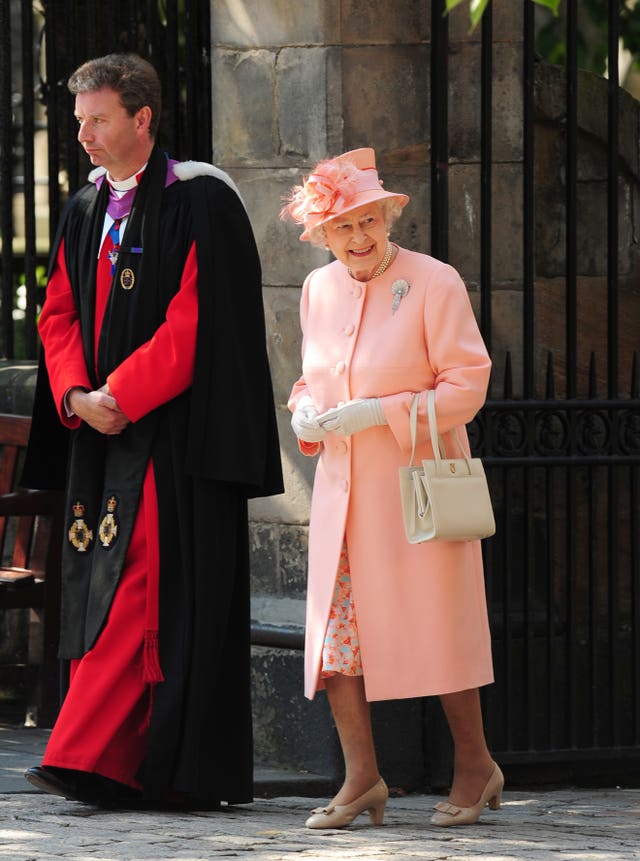
Parvin is known for his elegant but simple styles, and was approached by the queen’s personal assistant and senior dresser Angela Kelly before the golden jubilee in a bid to find a more contemporary approach to the monarch’s wardrobe.
He said of the queen in 2012: “I see beautiful, wealthy young women looking in the mirror and all they see is their faults.
“The queen looks squarely in the mirror and she likes what she sees.
“She has a confidence that transcends beauty — that’s the most fascinating thing with her.”
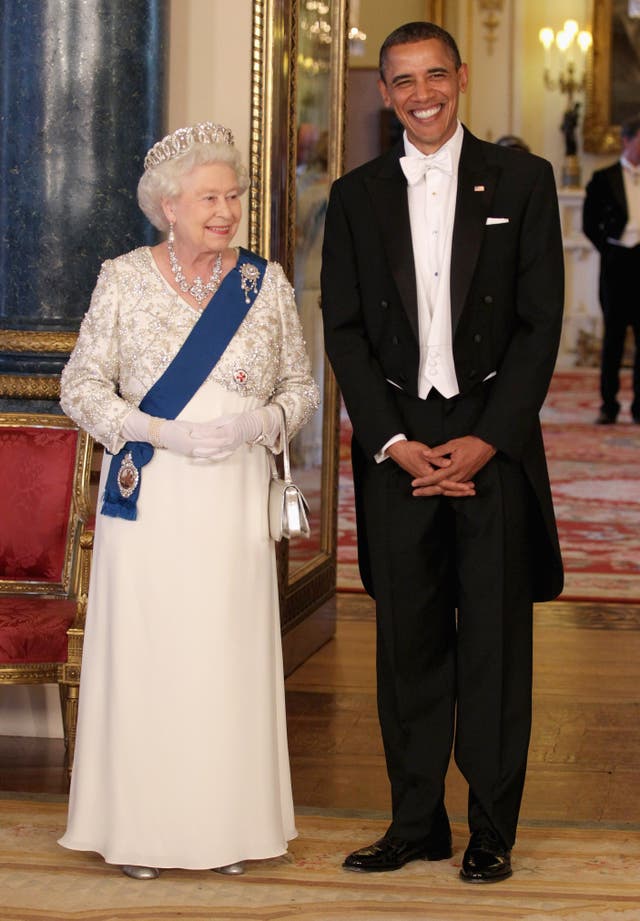
Ms Kelly also became the Queen’s go-to choice for day and evening wear — sometimes using material which was given to the her when she was still Princess Elizabeth.
Ms Kelly brought a sense of glamour to the head of state in her later years.
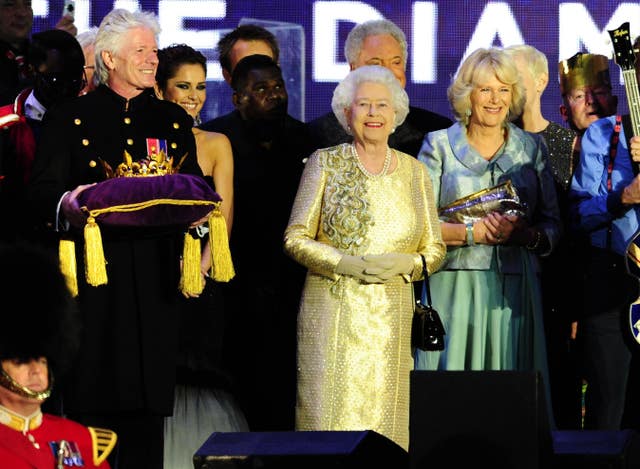
She was not afraid to make a feature of dazzling Swarovski crystals and re-used gowns, removing decorations and adding new ones.
Ms Kelly once said: “The queen loves clothes and is a real expert on fabrics.
“It’s not been a question of me teaching the queen — it’s been the other way round.”
The queen wore an Angela Kelly tweed dress and jacket in duck egg blue, embellished with tiny aquamarine Swarovski crystals, when she sat in the front row of London Fashion Week and watched a catwalk show in 2018.
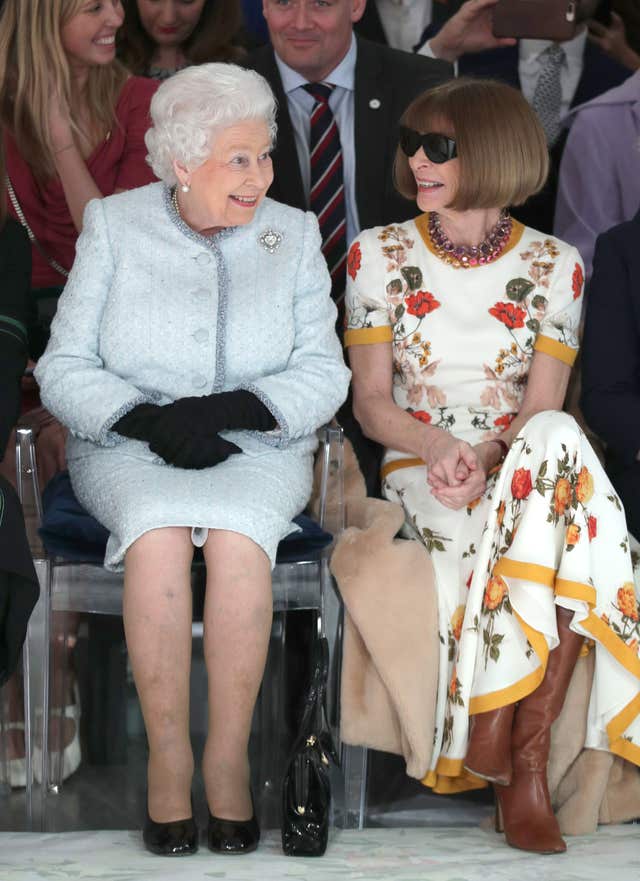
The monarch was joined by style royalty Anna Wintour, who kept her sunglasses on throughout, and Ms Kelly.
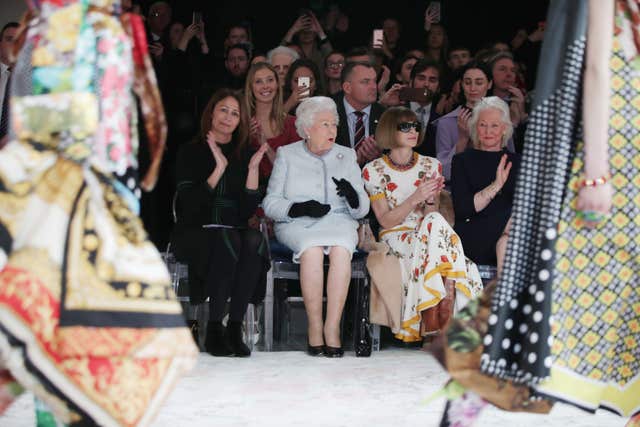
There were also practical considerations for all dressers and designers to follow, in particular attaching tiny weights to the hems of the queen’s dresses so they did not blow up in the wind.
Off duty, the monarch dressed for country life.
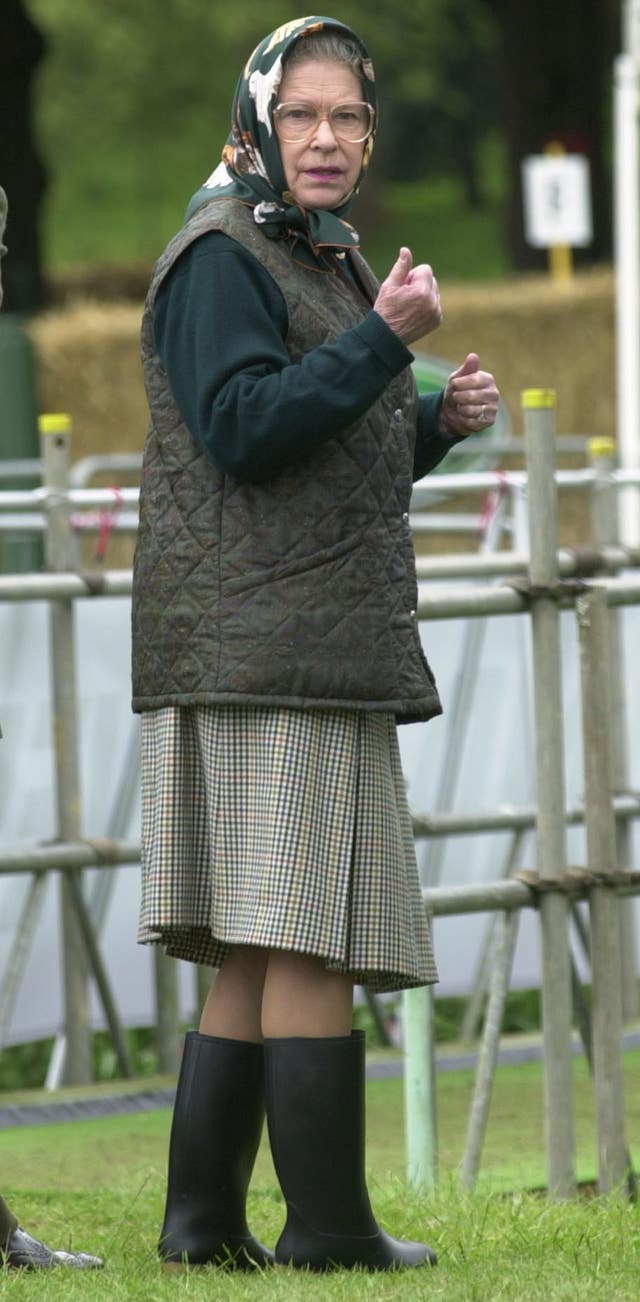
She favoured A-line tweed or tartan skirts and a green waxed or quilted coat, with flat brown lace-ups replacing her usual court shoes, or dark green or black wellington boots.
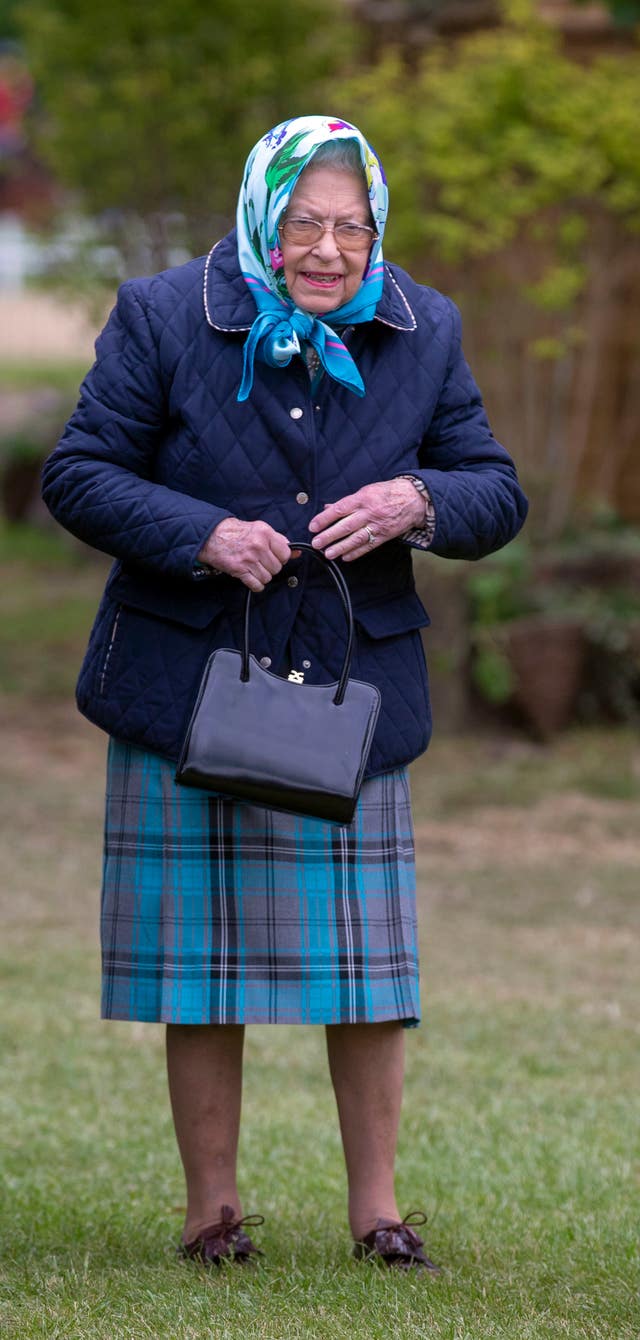
Hats were swapped for the queen’s trademark silk scarf, knotted under the chin.




